“It was said you would destroy the touch-everything nonsense, not join them” – Mazda, what happened?
Mazda is the brand that once said touchscreens were dangerous. The brand that championed “hands on the wheel, eyes on the road.” The brand that fought against the industry trend of deleting buttons like they were spam emails. But now? The 2026 Mazda CX-5 arrives with a big new touchscreen and fewer physical controls
To borrow a line from Obi-Wan Kenobi:
“It was said you would destroy the touch-everything nonsense, not join them!”
Let’s rewind.
In the late 2010s, Mazda’s infotainment systems were fully touch-capable. But by around 2019, they began removing touchscreen functionality in favour of a dial-based interface. By 2020, the touchscreen was entirely disabled while driving, even for basic native functions. The philosophy was to reduce distraction, promote tactile control, and keep the driver focused on the road. And they weren’t wrong. Studies have shown that physical controls are easier to operate without taking your eyes off the road. Mazda’s MZD system wasn’t fast, but it made you focus on the road.
Over time, cracks began to show. Mazda’s commitment to a dial-only interface ran into a modern reality – smartphone mirroring just doesn’t play nice with knobs. Users found that navigating Apple CarPlay and Android Auto without touch input felt clunky, even counterintuitive. So, Mazda adjusted. They quietly re-enabled touchscreen functionality but only for AA/CP, not their native infotainment system. A small concession, but a telling one. It showed Mazda was willing to bend when real-world usability demanded it.
Then in July 2025, the all-new 2026 Mazda CX-5 was revealed. Reports from The Drive and Motor1 followed, explaining why Mazda went with a larger touchscreen and fewer physical controls. According to a Mazda spokesperson, this was based on internal research showing that customers preferred a bigger screen, and this was interpreted as a cue to streamline the cabin layout and remove buttons.
That raises a few questions:
- Who are these customers?
- Were their voices interpreted clearly?
- And have they ever tried changing the A/C temp while driving through KL traffic?
Because maybe what customers really wanted was just a bigger screen. And fair enough, the current CX-5’s display is starting to look small next to what rivals are offering. But wanting a larger screen isn’t the same as wanting it to dominate the entire dashboard, or replace everything else with swipes and taps. Somewhere between feedback and execution, something might’ve been lost in translation.
And if we’re talking about listening to customers, let’s not forget that Mazda built its following precisely by not doing what everyone else did. I’ve asked Mazda 3 owners why they chose it over the Honda Civic. The most common answer? They didn’t want a CVT. My own uncle picked a Mazda 2 over the Honda City or Toyota Vios for the same reason. It had a proper 6-speed automatic gearbox. Just something that felt more direct.
That tells you something: going against the trend can pay off, especially when it aligns with how people want to feel behind the wheel, even if they don’t always say it on a survey form.
But back to touchscreens. They are not inherently evil, but burying basic functions behind menus is objectively worse. Volume? Air-conditioning? These are not features we want hidden in swipe gestures. They are tasks we should do blind, with muscle memory, without having to take our eyes off the road to glance at where we need to touch. And for years, Mazda got that.
That said, Mazda didn’t throw everything out. There are still real buttons on the steering wheel and a proper gear lever, not some stubby switch or a dial pretending to be clever. In a segment where rivals are going full minimal for the sake of it, this matters.
And credit where it’s due, these are things Mazda got right. But it does make you wonder: if enough customers start saying the gear lever looks “dated,” will that be the next to go? How much of this is design direction, and how much is just ticking trend boxes? It’s not about rejecting change. But there’s a fine line between evolving, and slowly sanding off all the things that made the experience feel mechanical and intentional.
Of course, from Mazda’s side, this could just be about staying relevant. Consumers are influenced by showroom aesthetics, tech specs, and what they see in competitor cabins. And Mazda has always had a delicate balancing act and they can’t afford to feel outdated. So maybe this move isn’t about abandoning their philosophy, but adapting it under pressure. I just hope they haven’t gone too far.


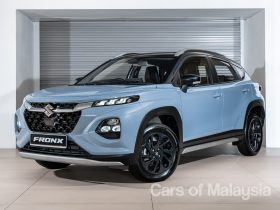
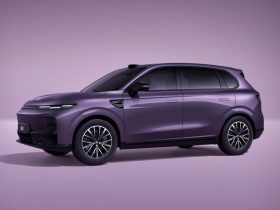

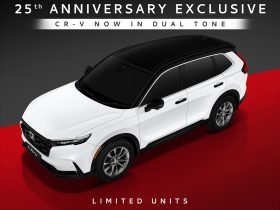

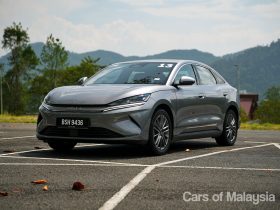
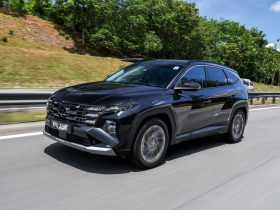

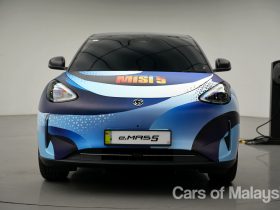
















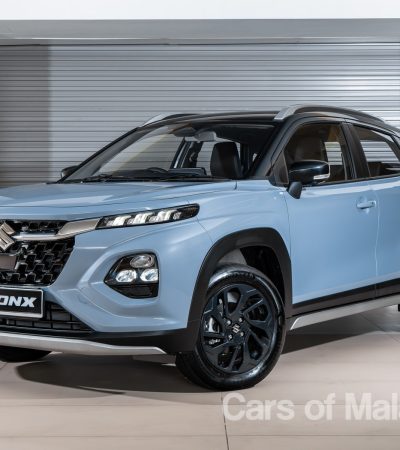
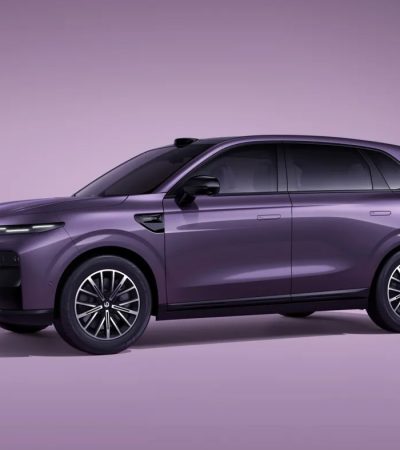
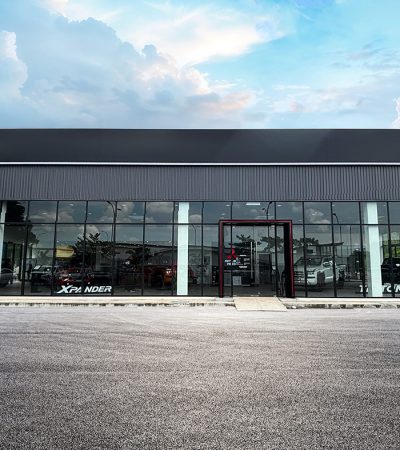
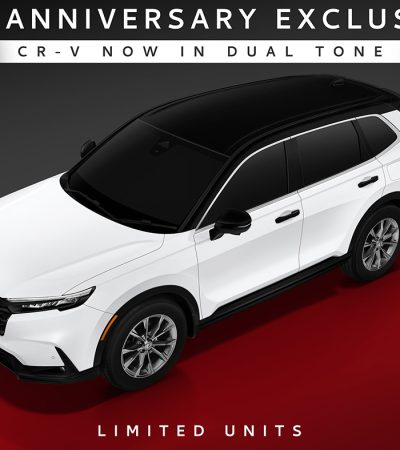
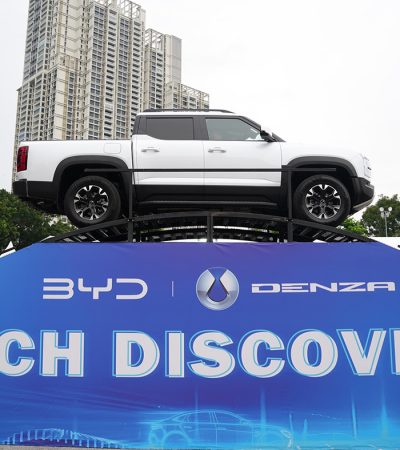
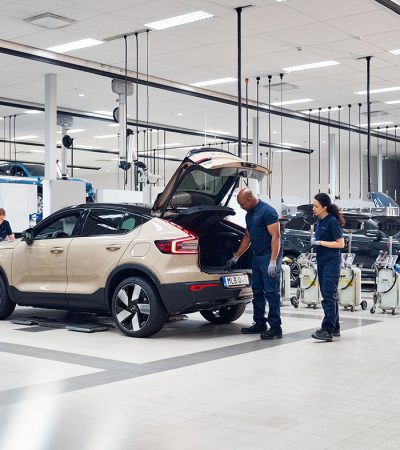
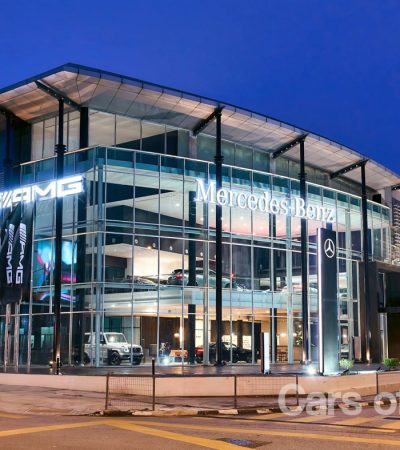
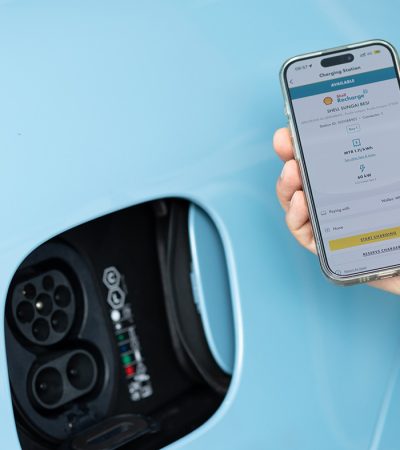
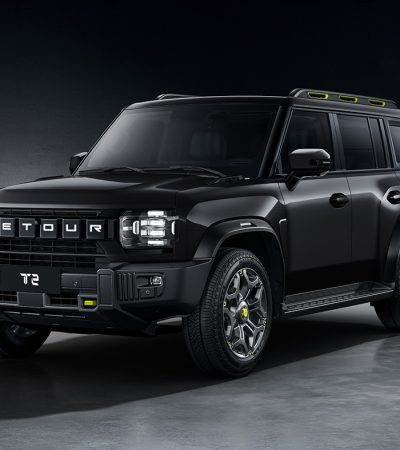

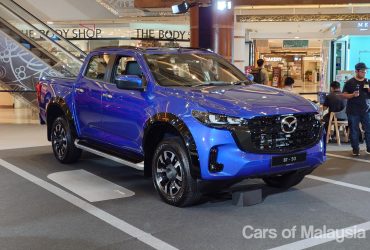
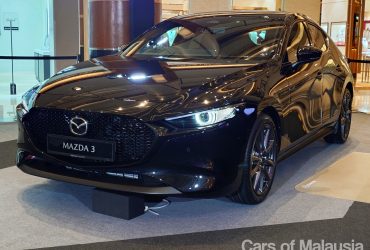
Leave a Reply